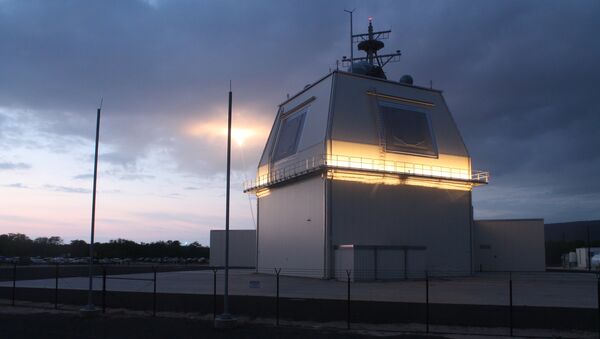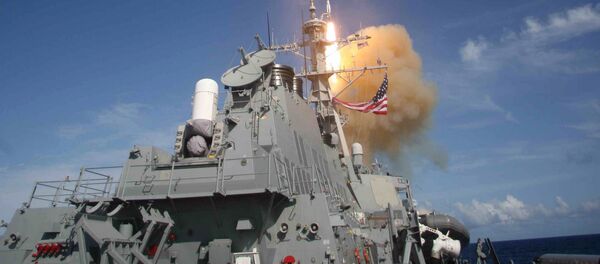Earlier in December, Japanese government decided to deploy two Lockheed Martin Aegis Ashore BMD systems to protect its territory from North Korean ballistic missiles.
"The fact that such systems are appearing next to our eastern borders creates a new situation, which we cannot ignore in our military planning. We again call on Japanese counterparts to think about whether it is in Japan's interests to become another violator of the Intermediate-Range Nuclear Forces Treaty [INF Treaty]," Ryabkov said as quoted in a statement on the Russian Foreign Ministry's website.
The diplomat noted that Tokyo has long been involved in the US initiative to create an Asian segment of its global BMD system.
READ MORE: Deployment of US Aegis Systems in Japan Has No Relation to INF Treaty — Tokyo
However, the Russian Foreign Ministry has repeatedly stressed that the installation of the US missile defense systems in Japan would, in fact, mean that the United States had violated the INF treaty.
The treaty, signed in 1987 by the US and the Soviet Union, prohibits the development, deployment and testing of ground-launched ballistic or cruise missiles with ranges between 500 and 5,500 miles as well as their launchers and support infrastructure. The INF Treaty is not applied to sea-launched missiles.
#Zakharova: The decision by the Japanese Government to deploy the Aegis Ashore missile defence systems on its territory is deeply regrettable and causes great concern. This move by Japan runs counter to the efforts to ensure peace and stability in the region pic.twitter.com/5Vxj6iEv1A
— MFA Russia 🇷🇺 (@mfa_russia) December 28, 2017
Aegis BMD systems, also referred to as Sea-Based Midcourse, are developed by the US in order to provide short to intermediate-range ballistic missile defense, whereas Aegis Ashore is the system's land-based component, which is consequently covered by the INF Treaty.
READ MORE: Japan Eyes Record-High Defense Budget for Fiscal Year 2018 — Reports
Japan' s decision to acquire US Aegis Ashore missile defense installations is prompted by the provocative actions of North Korea. The enhancement of the defense sector has been the new trend in Japan over the last several years because of the heightened tensions on the Korean peninsula being escalated by North Korea's missile tests.




